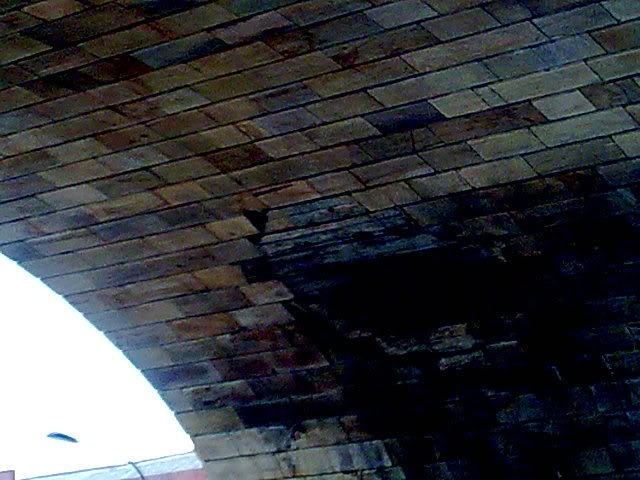 | ||
Wicker is an arterial street in Sheffield, England, noted for its history and the Grade II* listed Wicker Arches viaduct that crosses it. It runs in a north-east to south-westerly direction between Lady's Bridge and Wicker Arches. For many years the Wicker was an A road, but it has been downgraded following the opening of the Sheffield Northern Relief Road.
Contents
History
An early reference to Wicker comes from the records of the Sheffield Town Trust for 1572: 'Item, payd to William Dyker for mending of the Butt in the Wycker', and earlier the same year: 'Item, paid to William Dyker and Johne Greave for makinge the nare butt in the Sembley grene'. A butt refers to a mound or structure upon which a target is set for archery practice, two existed on the Wicker the near butt and the far butt. The Wicker was also known as the Assembly Green or Sembly-green, and it was an open space where the inhabitants of the town engaged in sports and athletic activities, as well as archery practise. In a tradition thought to date back to at least the 13th century, once a year on the Tuesday after Easter, called Sembley Tuesday the freeholders of the town were required to assemble on the Wicker with their horses and arms before the Lord of the Manor. The assembly took place in front of the court house of the manor, which was the only building on the Wicker, and was called Sembley House. This tradition was discontinued in 1715, although Sembley House (later used as a public house called the Crown and Cushion Tavern or the Bull Inn) remained the only building on the Wicker until 1775.
In the 19th century the Wicker developed a strong association with railways. The first railway station in Sheffield, Wicker Station was opened at the north-west end of the street on 31 October 1838, and the Wicker Arches, a 40-foot high, 750-yard viaduct, was built in 1848 to connect the Sheffield, Ashton-under-Lyne and Manchester Railway with its new Victoria Station.
Etymology
The origins of the name Wicker are uncertain. Local historian Sidney Addy gave two possible etymologies, that it referred to the Willows or Alders that grew on this flat, wet and marshy land, or that it derives from wick meaning sinus or angle and described the shape of the land, an angular piece of land that lies within a sharp bend of the River Don.
